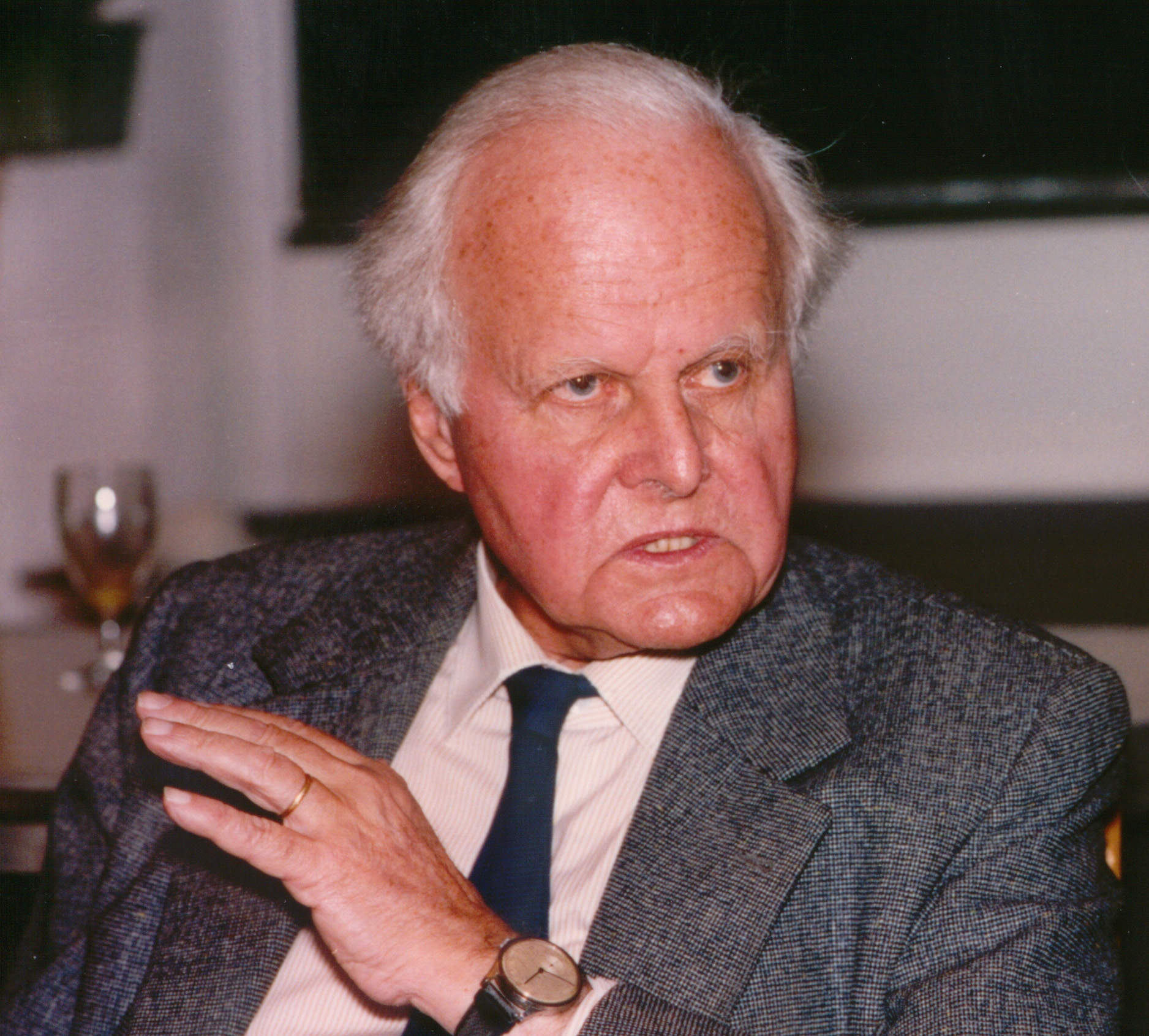These two are not alternative methods. The territorial division relates to the splitting up of the territory of the State into political divisions and the distribution of governmental powers among such divisions.
Each of the political divisions is provided with a governmental organisation through which it performs its functions. But the work of government is so wide and complex that it is imperative to establish special organs for the performance of the several kinds of work to be done.
ADVERTISEMENTS:
This is necessary for two obvious reasons: first that the benefits of specialisation may be secured and, secondly, responsibility may be more definitely located.
When the work of government is distributed to political organs in accordance with the nature of function to be performed, it is the functional distribution powers. Carl J. Friedrich says that true constitutional government does not exist “unless procedural restraints are established and effectively operating.
Such restraints involve some division of power; for evidently some considerable power must be vested in those who are expected to do the restraining. Such a division of governmental power under a constitution has largely taken two forms: the functional division such as that into legislative, executive, and judicial, and the spatial (territorial) division of federalism.”
Based upon this principle of distribution, all the powers of government have long been conceived as falling within one or another of three great classes, according as they have to do with: (1) the enactment of making of laws, (2) the interpretation of these laws and (3) their enforcement. To these three classes have been given the names, legislative, judicial and executive.
ADVERTISEMENTS:
Structurally considered, government has been deemed to be made up of three branches having for their functions the enactment, the adjudication, and the enforcement of law, and the branches to which these functions belong are known as the Legislature, the Judiciary, and the Executive respectively.
This three-fold division of governmental powers had received such general recognition that it became a classical division. But recently it has been held by some writers that this division is unscientific.
Willoughby, for example, says “that attempts to act upon it lead not only to confusion of thought but to serious difficulties in working out the practical problems of the distribution of governmental powers functionally.”
He suggests that electorate and administration are distinct branches of government and it is important to recognise their distinct character in the practical work of organising and operating a government.
ADVERTISEMENTS:
In Sweden administrative power has been separated from the executive power and Carl Friedrich says, “Without any theoretical recognition of the fact, the American federal government tends in the same direction of differentiating between strictly executive and purely administrative functions.”
Gladden, however, does not support this point of view, and is of the opinion that administration “is subordinate to the main powers or branches of government.” Gladden’s opinion is convincing and we adhere, to the three-fold division. Nor can there be a divorce between the electorate and legislative functions.
Political sovereign and legal sovereign are the two aspects of the sovereignty of the State. The will of the electors is the controlling power behind the legal sovereign and it is to their mandate that the legal sovereign must ultimately bow.

